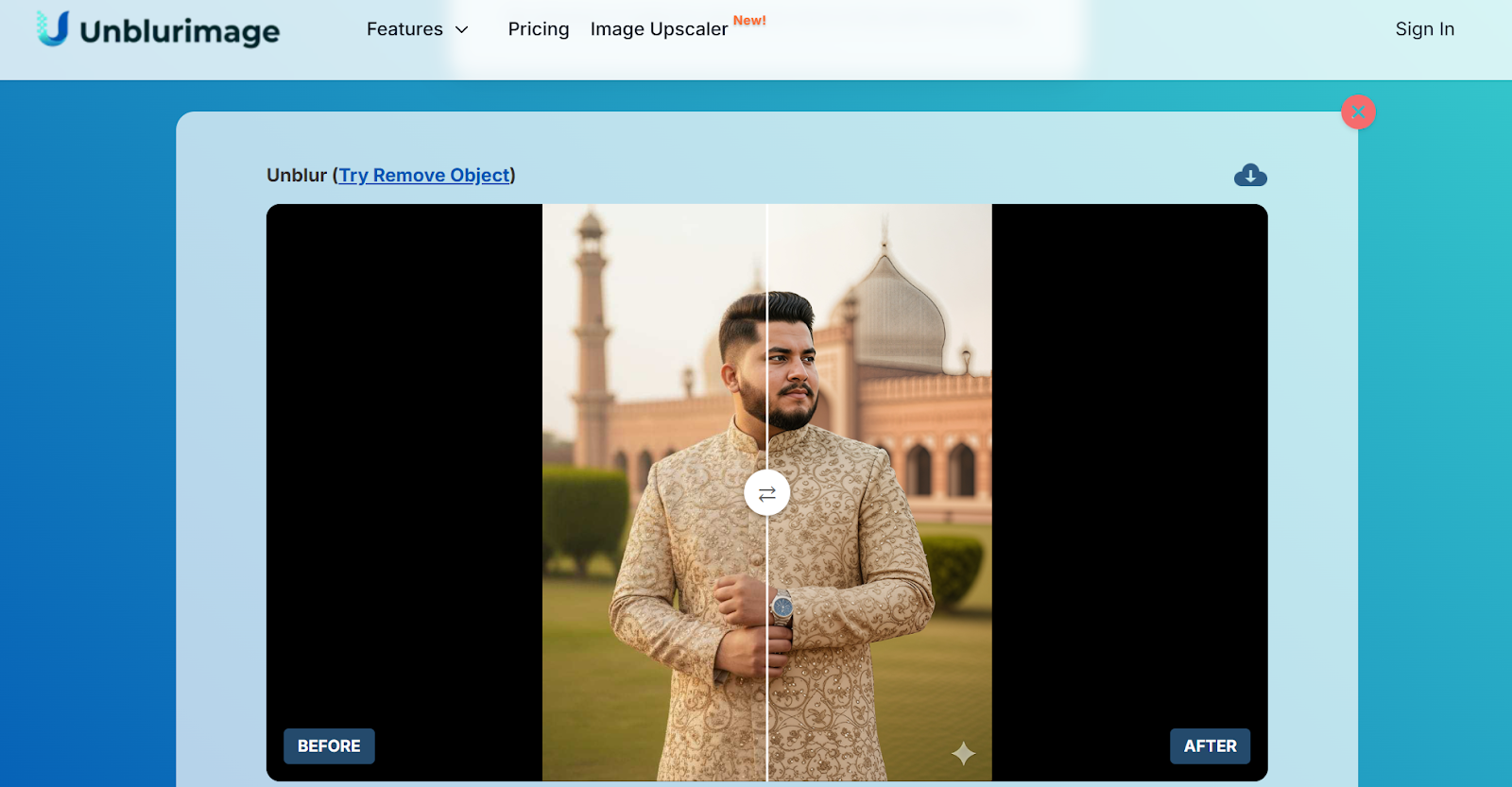The Rise of AI Tools That Can: What Businesses Need to Know
Updated on
Published on

In the digital era, image quality has become more than just a visual concern—it’s a business asset. Whether you’re running an e-commerce platform, managing a marketing campaign, or building a tech product, clear and detailed images drive engagement and credibility. But what happens when an important image turns out blurry? Thanks to new advances in artificial intelligence, Unblur image tools are transforming how businesses recover visual content, save time, and improve customer trust.

The Technology Behind Image Unblurring
Traditionally, once a photo was blurred—whether from camera shake, low resolution, or compression—there wasn’t much that could be done to fix it. Modern AI has changed that.
Deep learning models can now reconstruct lost details using neural networks trained on millions of images. These models “learn” how sharp images should look and then apply that knowledge to restore clarity to blurred ones.
In practice, AI unblurring tools use image deconvolution, super-resolution algorithms, and generative adversarial networks (GANs) to enhance sharpness. Some even combine this with machine vision to predict and replace missing pixel data.
Why Businesses Are Paying Attention
1. E-commerce and Product Photography
Blurry product images can directly affect conversions. AI unblur tools allow businesses to recover photos that would otherwise be discarded, helping maintain brand consistency across product listings without costly reshoots.
2. Digital Marketing and Content Creation
Marketing teams rely heavily on visuals for ads, social media, and campaigns. When assets are blurry—due to resizing or compression—AI-powered enhancement tools can restore clarity and preserve professional standards, even on tight deadlines.
3. Security and Analytics
In sectors such as security, AI-based deblurring has become a critical tool for enhancing CCTV footage, license plate recognition, and facial recognition. While privacy safeguards must always be upheld, this technology can significantly aid investigation and data analysis.
4. Data Recovery and Archives
Businesses that rely on archived images or scanned documents benefit from AI restoration. Historical data, low-resolution logos, or old photos can be brought back to usable condition with minimal manual intervention.
The Ethical and Legal Considerations
As powerful as unblurring technology is, it comes with ethical and privacy implications. AI unblurring should never be used to invade privacy or manipulate images deceptively. Businesses must apply these tools responsibly, especially when dealing with personal data, surveillance, or copyrighted materials.
Transparency about how images are enhanced—particularly in journalism, advertising, and legal documentation—is essential to maintain trust.
Choosing the Right AI Tool
When selecting an “unblur image” tool, consider:
- Accuracy and realism: Does the output look natural, or does it introduce artifacts?
- Data security: Does the service store uploaded images or process them locally?
- Speed and scalability: Is it suitable for batch processing and automation?
- Integration potential: Can it fit into existing workflows via API or cloud platforms?
Top-performing options are typically AI SaaS tools that specialize in image enhancement, though many photo editing platforms now integrate this technology natively.

The Future of Image Clarity
The ability to unblur images is part of a broader wave of AI-driven creativity and automation in visual technology. From upscaling to object removal and color correction, these tools are changing how companies handle visual media.
In the next few years, we can expect real-time unblurring in smartphones, video calls, and even AR/VR environments, making image imperfections nearly invisible to the end user.
Summary
AI tools that unblur images are more than just a convenience—they’re an operational advantage. Businesses that adopt them strategically can improve visual quality, enhance brand trust, and cut production costs, all while staying ahead in a visually driven digital marketplace.







